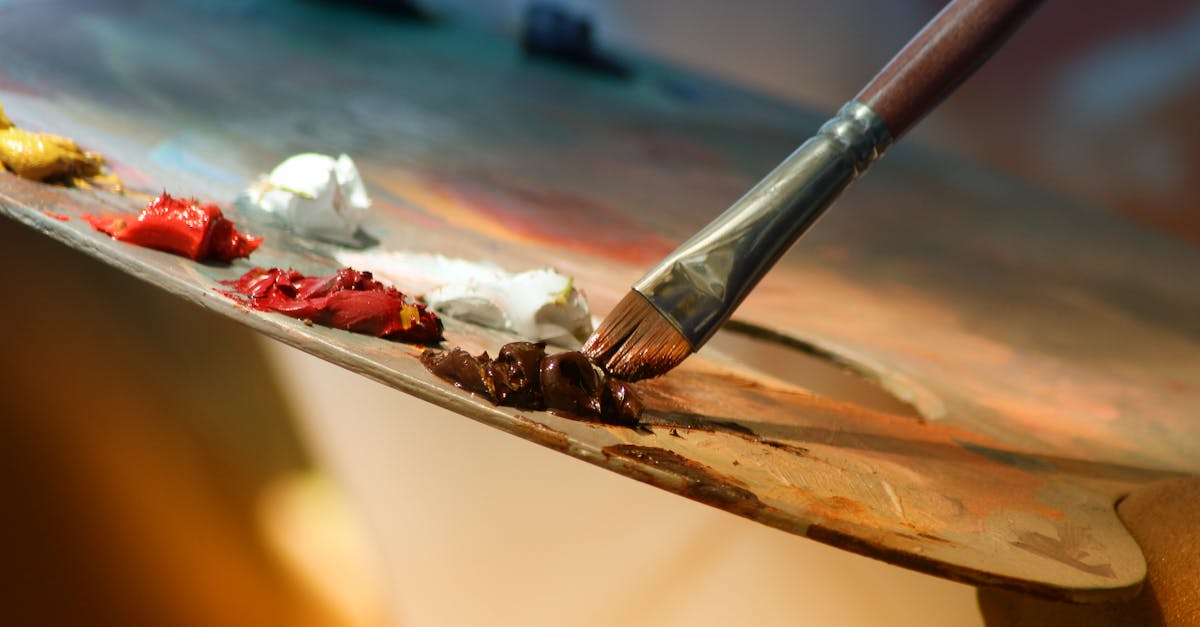In today’s fast-paced world, stress is a common issue that many people face. Whether it’s from work, relationships, or other responsibilities, finding ways to manage and reduce stress is essential for our overall well-being. One effective method that has been gaining popularity is using painting as a form of stress relief. The act of painting can be incredibly therapeutic, allowing individuals to express themselves creatively and relax their minds. In this guide, we will explore the ultimate plans for using painting for stress relief, with a focus on oil painting, watercolors, and selecting the right support for your artwork.
**Oil Painting for Stress Relief**
Oil painting is a popular medium known for its rich colors and versatility. The slow drying time of oil paints allows artists to blend colors seamlessly and work on their paintings over an extended period. When it comes to using oil painting for stress relief, the process of creating a piece of art with oil paints can be extremely calming and meditative. The tactile experience of mixing paints and applying them to the canvas can help individuals focus their minds and release tension.
To incorporate oil painting into your stress relief routine, set aside a designated space in your home where you can work on your art without distractions. Invest in quality oil paints, brushes, and canvases to ensure a smooth painting experience. Consider taking an oil painting class or watching online tutorials to improve your skills and learn new techniques. Allow yourself to experiment with different styles and subjects, focusing on the process rather than the end result.
**Watercolors as a Stress-Relieving Medium**
Watercolors are another popular choice for artists looking to relieve stress through painting. The transparent nature of watercolors creates a delicate and ethereal effect on the paper, allowing artists to explore light and color in a unique way. The fluidity of watercolors can be soothing to work with, as artists can let go of control and allow the paint to flow freely.
When using watercolors for stress relief, try painting in a loose and expressive style, focusing on capturing a mood or emotion rather than achieving perfection. Experiment with different watercolor techniques such as wet-on-wet, dry brushing, and glazing to create interesting effects in your paintings. Remember to embrace the unpredictable nature of watercolors and enjoy the process of creating art without the pressure of perfection.
**Choosing the Right Support for Your Painting**
In addition to selecting the right medium for your stress-relief painting practice, choosing the appropriate support for your artwork is crucial. The support, or surface, on which you paint can greatly impact the overall look and feel of your painting. Consider the following options when choosing a support for your oil paintings or watercolors:
– **Canvas:** Traditional stretched canvases provide a sturdy and durable surface for oil painting. The texture of the canvas adds depth to the painting and allows for a variety of brushwork techniques. Choose a canvas size that suits the scale of your painting and consider priming the canvas with gesso for better paint adhesion.
– **Watercolor Paper:** For watercolors, choosing the right paper is essential for achieving the best results. Cold-pressed watercolor paper has a slightly textured surface that enhances the appearance of watercolor paintings. Experiment with different paper weights and textures to find the one that works best for your painting style.
– **Alternative Supports:** In addition to canvas and watercolor paper, artists can explore alternative supports such as wood panels, mixed media paper, or even unconventional materials like fabric or metal. Each support offers unique qualities that can enhance the visual impact of your paintings and add an extra element of creativity to your artwork.
In conclusion, painting can be a powerful tool for relieving stress and promoting mental well-being. Whether you choose to work with oil paints, watercolors, or other mediums, the act of creating art can provide a sense of purpose, accomplishment, and relaxation. By incorporating painting into your self-care routine and exploring different supports and techniques, you can unlock the therapeutic benefits of artistic expression and find a moment of peace in the midst of a hectic world.


